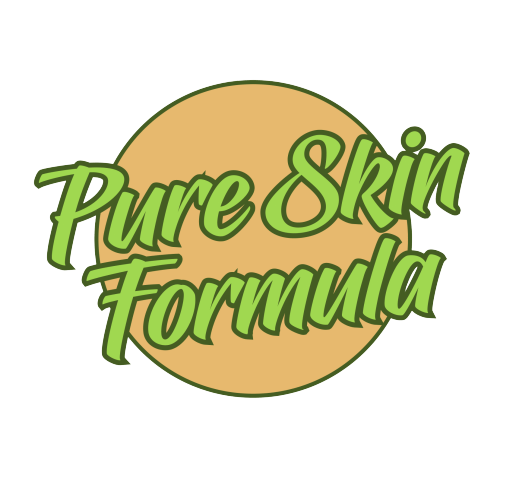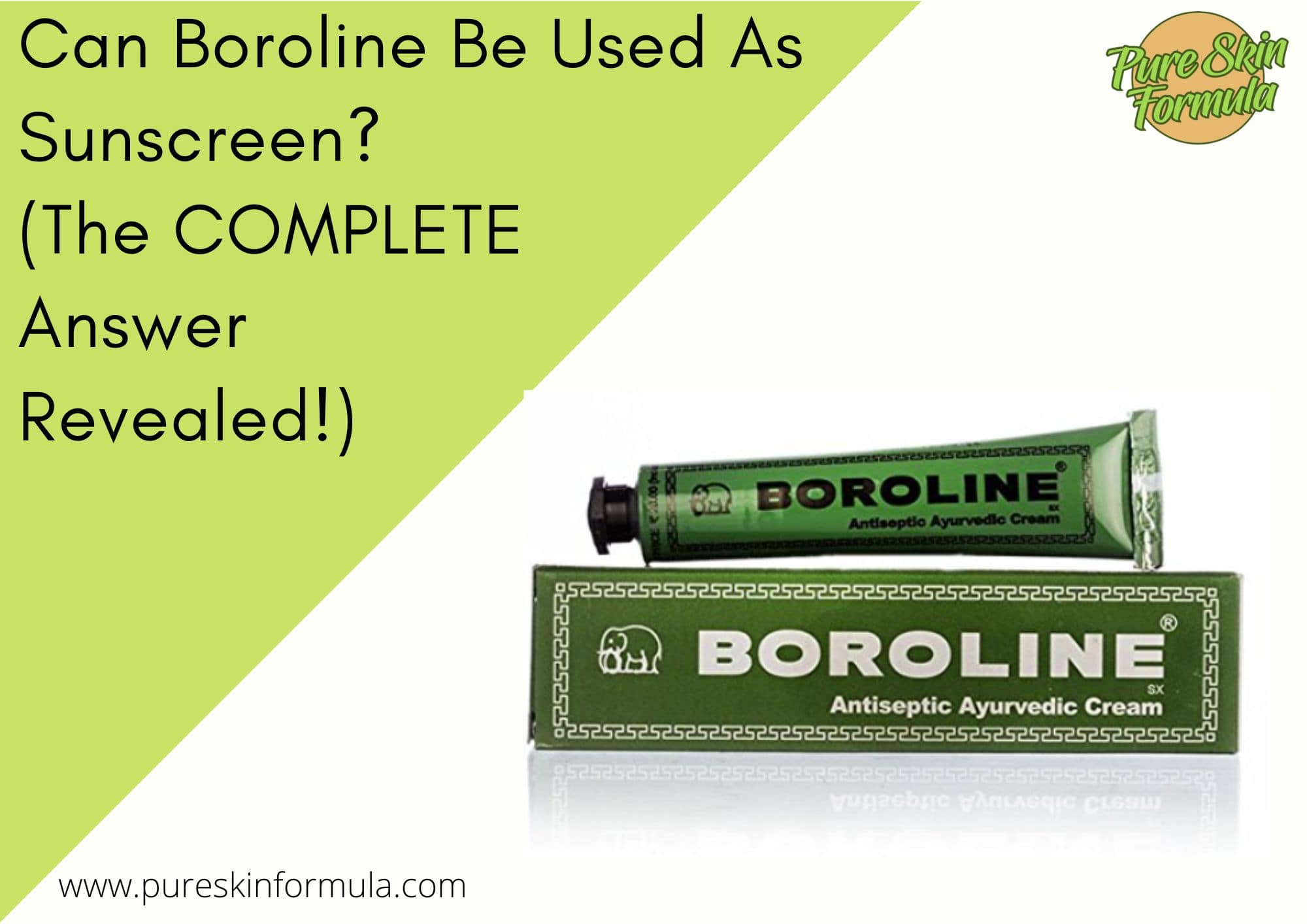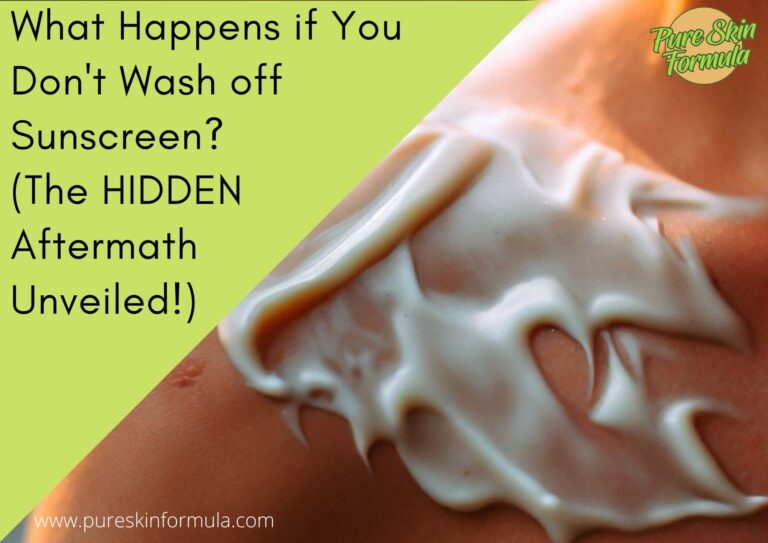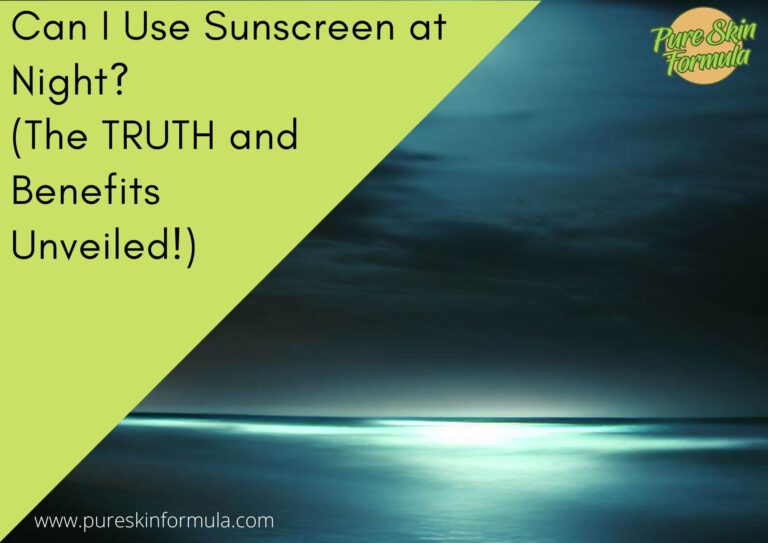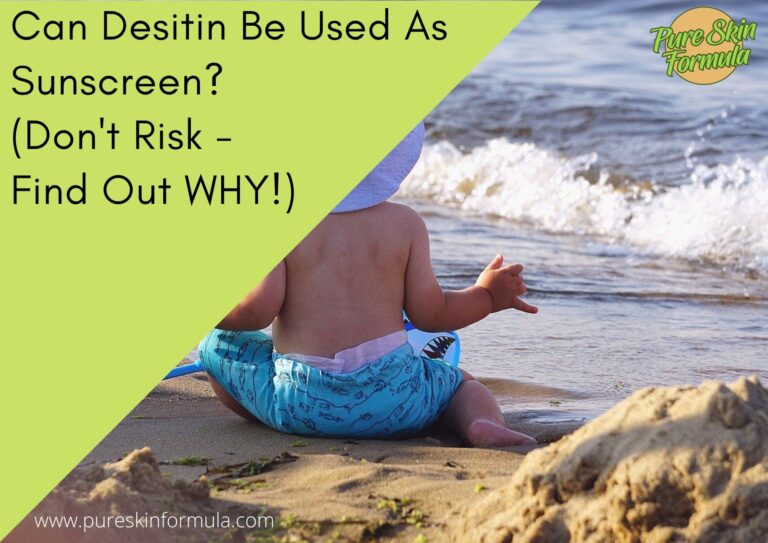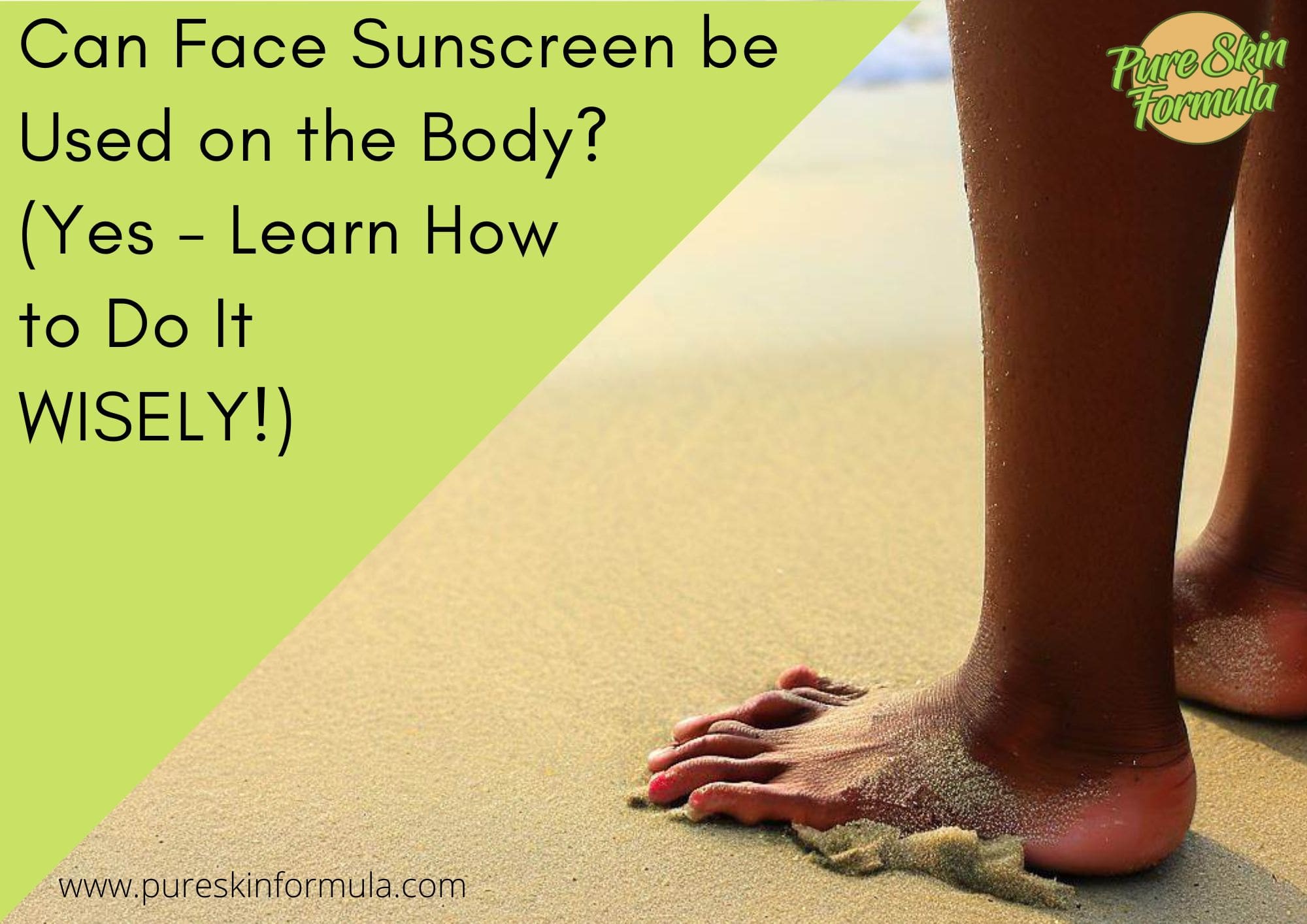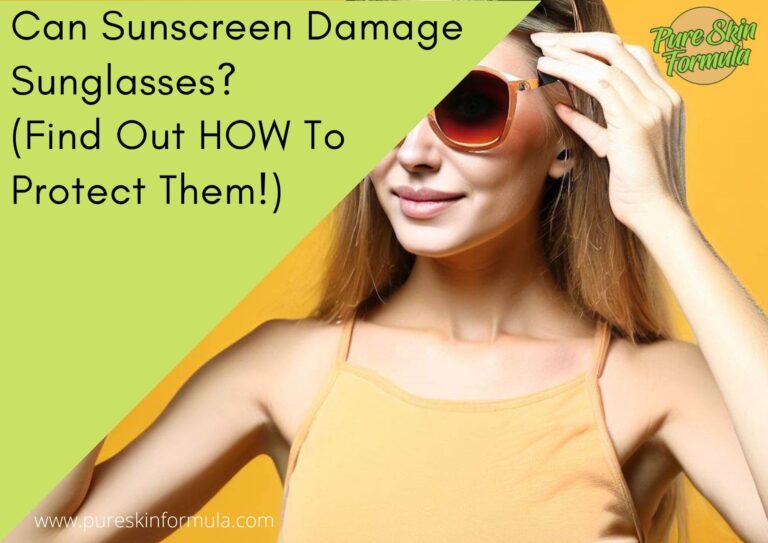Sunscreen is essential to our skincare routine, protecting against harmful UV rays. While exploring various skincare products, you may have encountered Boroline, a famous ointment known for its healing properties.
Today, I dive deep into the world of sun protection, unraveling the mysteries and examining the potential of this iconic green tube.
Get ready to discover the truth, bust the myths, and discover if Boroline can truly stand up to the blazing sun. So, use your curiosity, and let’s explore together!
Can boroline be used as sunscreen?
No, Boroline cannot be used as a substitute for sunscreen. While it contains ingredients like boric acid and zinc oxide, which have some sun-protective properties, it lacks the necessary formulation and certification for adequate and reliable sun protection.
Boroline’s consistency and formulation make it challenging to apply evenly and in sufficient quantities, leading to potential gaps in sun protection. Furthermore, the ointment does not have an official Sun Protection Factor (SPF) value, which is essential for determining the level of protection it can provide against both UVA and UVB rays.
To ensure proper sun protection, it is advisable to use certified sunscreens formulated explicitly for sun exposure, which offer broad-spectrum protection and have a designated SPF value.
Let’s reveal the details about this exciting topic.
Exploring Boroline
Boroline is a well-known ointment that has been a staple in many Indian households for decades. Its distinctive green packaging has earned a special place in people’s hearts seeking quick relief for various skin issues.
Boroline is primarily recognized for its healing properties, helping to soothe dry and cracked skin and minor cuts and wounds.
But can Boroline go beyond its traditional use and serve as a sunscreen alternative? Let’s dig deeper and examine its ingredients and their properties to find out.

It contains a unique blend of ingredients that contribute to its healing abilities. Some of the critical components include boric acid, zinc oxide, lanolin, and petroleum jelly. While these ingredients offer moisturizing and antiseptic properties, it’s essential to understand their specific roles in sun protection.
Boric acid, a mild antiseptic, helps heal minor cuts and wounds. Zinc oxide, commonly found in sunscreens, possesses some sun-protective properties by reflecting and scattering UV radiation.
Lanolin acts as a moisturizer, helping to hydrate and soothe the skin. Petroleum jelly forms a protective barrier, aiding in skin repair.
Evaluating Boroline as sunscreen
The claim that Boroline can be used as a sunscreen stems from the presence of zinc oxide, an ingredient known for its sun-protective abilities.
However, it’s crucial to note that the effectiveness of sunscreen depends not only on its ingredients but also on factors such as formulation, SPF value, and broad-spectrum protection.
While Boroline does contain zinc oxide, it lacks the comprehensive formulation required for reliable sun protection. Understanding that using Boroline as a sunscreen substitute may leave you vulnerable to the harmful effects of UVA and UVB rays, such as sunburns, premature aging, and an increased risk of skin cancer.
The Sun Protection Factor (SPF) is crucial when considering sunscreen’s effectiveness. The SPF value indicates the level of protection a sunscreen offers against UVB rays.
Unfortunately, Boroline does not have an official SPF value. Without a certified SPF rating, it becomes challenging to gauge the level and duration of sun protection that Boroline may provide.
Does science support Boroline’s sun protection role?
When evaluating the sun-protective abilities of a product like Boroline, scientific research, and evidence play a vital role. However, no scientific research specifically addresses Boroline’s effectiveness as a sunscreen.
While anecdotal evidence and personal experiences may suggest some sun protection with Boroline, we must rely on well-designed scientific studies that evaluate its efficacy in shielding the skin from UVA and UVB rays.
Without concrete data and research, it remains challenging to ascertain the reliability and level of sun protection that Boroline can provide.
The limitations of Boroline
One major limitation is the ointment’s consistency and formulation. Boroline is not explicitly designed as a sunscreen, and its texture may make it challenging to apply evenly and in sufficient quantities to provide adequate sun protection. Uneven application can leave gaps in coverage, exposing your skin to harmful UV rays.
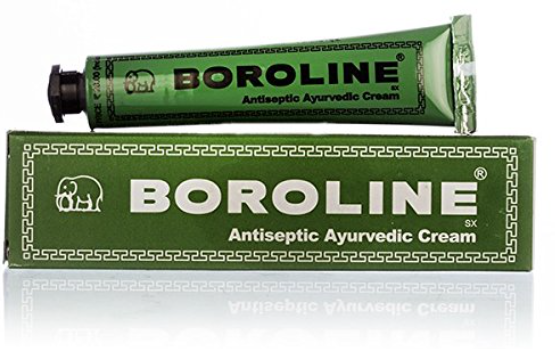
Boroline lacks other vital ingredients commonly found in certified sunscreens, such as avobenzone or octinoxate, which enhance sun protection. These ingredients combine to provide broad-spectrum coverage against UVA and UVB rays.
The ointment’s formula is not specifically optimized for prolonged sun exposure. Continuous exposure to the sun without proper protection increases the risk of sunburns, premature aging, and skin damage.
Moreover, the lack of an official SPF value for Boroline makes it challenging to gauge the duration of protection it offers. Not reapplied frequently can lead to inadequate protection and potential skin damage.
It’s worth noting that Boroline may contain other ingredients, such as lanolin or petroleum jelly, which can cause skin sensitivity or allergic reactions in some individuals. When using any skincare product, it’s always important to consider individual skin types and possible allergic reactions.
Best practices for sun protection
When it comes to safeguarding your skin from the damaging effects of the sun, using certified sunscreens is of utmost importance. They undergo rigorous testing to ensure their effectiveness and safety.
Sunscreens are specifically formulated to provide broad-spectrum protection against UVA and UVB rays, reducing the risk of sunburns, premature aging, and skin cancer.
Applying sunscreen correctly is essential to maximize its effectiveness. Select a product with a suitable SPF value for your skin type and intended sun exposure. Remember to apply sunscreen generously, covering all exposed areas of your body, including your face, neck, arms, and legs.
To ensure even coverage, it’s recommended to apply sunscreen at least 15-20 minutes before sun exposure. Be sure to pay attention to commonly overlooked areas like the ears, back of the neck, and tops of the feet.
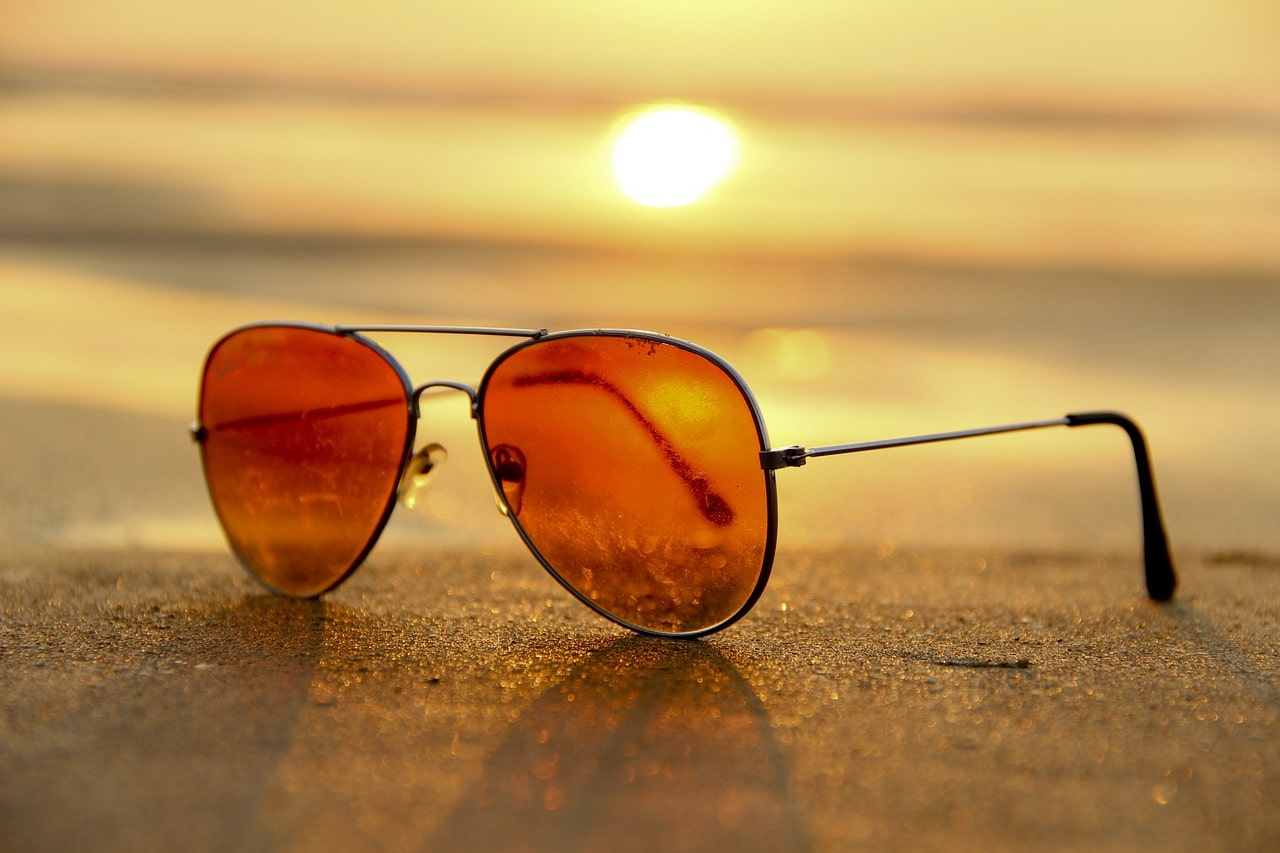
Reapplication is crucial for ongoing protection. Try to reapply sunscreen every two hours or after swimming, sweating, or toweling off. Even water-resistant sunscreens lose their efficacy after a particular duration, so it’s important to stay diligent with reapplication.
Protective clothing, such as long-sleeved shirts, pants, and wide-brimmed hats, can offer additional protection against UV rays. Look for clothing with a UPF (Ultraviolet Protection Factor) rating for added sun protection.
Seeking shade during peak sun hours, typically between 10 a.m. and 4 p.m., can significantly reduce sun exposure. Whether under an umbrella or the shade of trees, taking breaks from direct sunlight helps minimize the risk of sunburns and overexposure.
Don’t forget to protect your eyes by wearing sunglasses blocking UVA and UVB rays. Look for sunglasses labeled as providing 100% UV protection to ensure adequate eye shielding.
You can create a comprehensive sun protection strategy that prioritizes your skin’s health by combining certified sunscreens, proper application techniques, and additional measures like protective clothing and seeking shade.
Final thoughts
While Boroline holds a special place in our hearts for its traditional uses and healing properties, it falls short as a reliable substitute for certified sunscreens.
The absence of critical ingredients, lack of an official SPF value, and limited scientific research on its sun-protective abilities make it an uncertain choice for comprehensive sun protection.
To safeguard our skin from the damaging effects of the sun, it’s crucial to prioritize using certified sunscreens, follow proper application techniques, and embrace additional measures like protective clothing and seeking shade.
Remember, your skin deserves the best, so keep it safe and bask in the sunshine responsibly.
Thank you for reading!
Valeria
